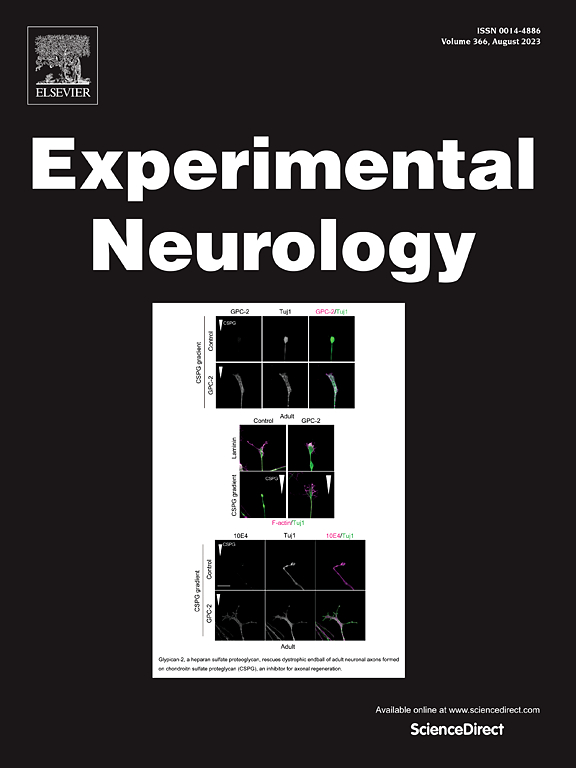Abstract
De-focused low energy extracorporeal shock wave therapy (ESWT) has been widely used in various clinical and experimental models for the treatment of painful conditions such as epicondylitis and plantar fascitis and also bone and wound healing. There is evidence that ESWT improves the metabolic activity of various cell types, e.g. chondrocytes and endothelial cells but little is known about its effects on nervous tissue. The aim of this study was to investigate whether ESWT improves the regeneration of injured nerves in an experimental rat model.
Sprague–Dawley rats received an 8 mm long homotopic nerve autograft into the right sciatic nerve, fixed with epineurial sutures. Two experimental groups were set up: the group 1 animals received ESWT (300 impulses, 3 Hz) immediately after nerve grafting whereas the group 2 (control) animals received only nerve autografts. Serial CatWalk automated gait analysis, electrophysiological studies and morphological investigations were carried out. The survival time was either 3 weeks or 3 months.
At 6 to 8 weeks of survival the ESWT group of animals exhibited a significantly improved functional recovery relative to the controls. Electrophysiological observations at 3 weeks after surgery revealed marked values of amplitude (3.9 ± 0.8 mV, S.E.M.) and compound nerve action potential (CNAP, 5.9 ± 1.4 mV·ms, S.E.M.) in the ESWT group, whereas there were no detectable amplitudes in the control group. This finding was accompanied by significantly greater numbers of myelinated nerve fibres in the middle of the graft (4644 ± 170 [S.E.M., ESWT] vs 877 ± 68 [S.E.M., control]) and in the distal stump (1586 ± 157 [S.E.M., ESWT] vs 308 ± 29 [S.E.M., control]) of ESWT animals relative to the controls 3 weeks after surgery. Three weeks after surgery the nerve grafts of control animals contained great numbers of phagocytes and unmyelinated nerve fibres, while the ESWT nerve grafts were filled with well-myelinated regenerating axons. There was no significant difference between the numbers of endoneural vessels in the ESWT and the control nerves. Three months after surgery, no significant differences were observed in the functional and electrophysiological data. Equally high numbers of myelinated axons distal to the graft could be found in both groups (7693 ± 673 [S.E.M., ESWT] vs 6090 ± 716 [S.E.M., control]).
These results suggest that ESWT induces an improved rate of axonal regeneration, this phenomenon probably involving faster Wallerian degeneration, the improved removal of degenerated axons and a greater capacity of the injured axons to regenerate.




